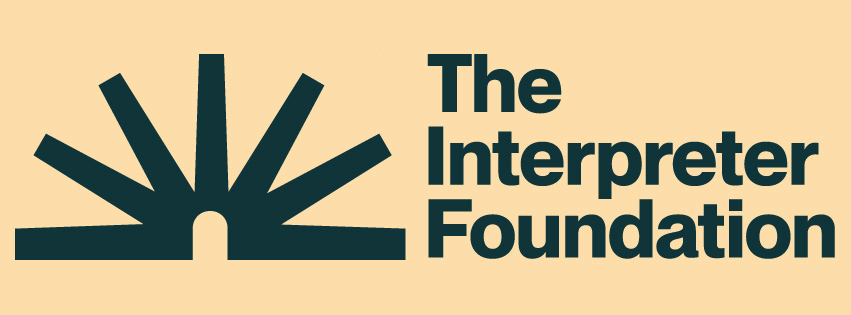We are very excited to announce The Interpreter Foundation’s Church History and Britain’s Victorian Century Lecture Series! Each lecture will be broadcast via Zoom and will take place on Wednesday evenings, starting at 7 PM MDT.
There is a YouTube playlist of the lectures at https://www.youtube.com/playlist?list=PLRMn4gyXMWLvKCR3NUsGaaUVhS0nPYIHS.
 March 26: “Truth Will Prevail!: Victorian Britain in the First Missionary Moment”
March 26: “Truth Will Prevail!: Victorian Britain in the First Missionary Moment”
Jamie Horrocks
PhD, British Literature, Brigham Young University
When the LDS missionaries disembarked at Liverpool in 1837, it was both the best of times and the worst of times in Britain. The technological and economic development spurred by the Industrial Revolution had made Britain the world’s leader in the production of goods, but the shift from a rural to an industrial economy created hardship for the working poor. This is the reason many Victorian authors created “Condition of England” literature: books, poems, and essays that examined what life was like in nineteenth-century England and what it could be like, if individuals cultivated a habit of sympathy or “fellow-feeling.” This lecture offers an overview of England in the 1830s and 1840s and looks at writers like Charles Dickens, Elizabeth Gaskell, Alfred Tennyson, and George Eliot, all of whom attempt to teach readers how to feel for their fellow human beings.
 April 2: “The Apostles Go to England”
April 2: “The Apostles Go to England”
Dan Peterson
PhD, President, Interpreter Foundation, Professor emeritus of Islamic Studies and Arabic at Brigham Young University
In this lecture, I discuss the 1837-1838 mission of Heber C. Kimball and Orson Hyde to England and the 1839-1840 mission to Great Britain of the broader Quorum of the Twelve under the leadership of Brigham Young. These missions, especially the latter, had an enormous impact upon the Church and upon the Quorum itself. Their legacy continues still today.
 April 9: “The Sacred and the Secular in Victorian Art and Architecture”
April 9: “The Sacred and the Secular in Victorian Art and Architecture”
Jamie Horrocks
PhD, British Literature, Brigham Young University
Victorian art and architecture are often criticized for being overly decorative, weirdly eclectic, and more sentimental than intellectual. But in fact, skilled artists in nineteenth-century England were thinking carefully about what art should be and do, and this led them to undertake a series of experiments. None had more impact than the Pre-Raphaelites, whose work still draws eyes when it is exhibited. The Pre-Raphaelite Brotherhood was only one group among many, however, that championed a revival of the aesthetic values of the early Middle Ages. This gothic revival was responsible for many of the built artifacts still visible throughout England. In this lecture, we’ll examine painting in early nineteenth-century Britain, the break from academic standards brought by the Pre-Raphaelites, their influence on Frederic Leighton (whose house still sits in Holland Park), and the larger gothic revival in British architecture.
 April 16: “The Apostles Go to England”
April 16: “The Apostles Go to England”
Kris Frederickson
PhD, Modern European History, Retired Brigham Young University
 April 23: “Philanthropic Impulses in Late 18th to Early 19th-Century Britain”
April 23: “Philanthropic Impulses in Late 18th to Early 19th-Century Britain”
Kris Frederickson
PhD, Modern European History, Retired Brigham Young University
 April 30: “The Tradition of Religious Liberty Then and Now in Great Britain”
April 30: “The Tradition of Religious Liberty Then and Now in Great Britain”
Julie Jones
Freedom of Religion or Belief Foundation (FoRB)


